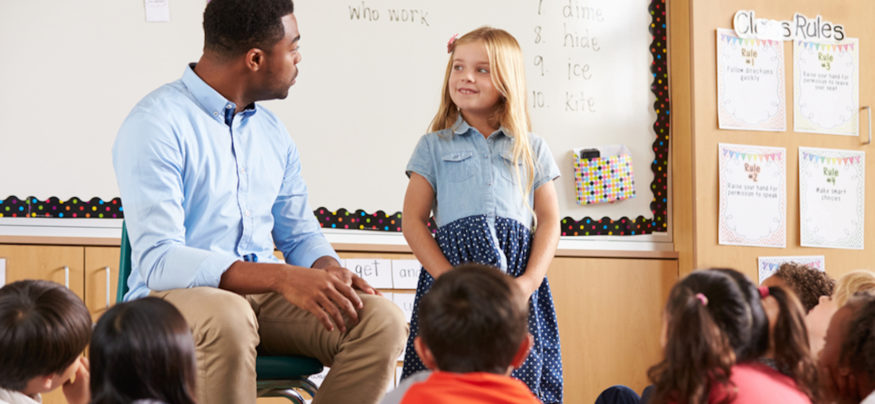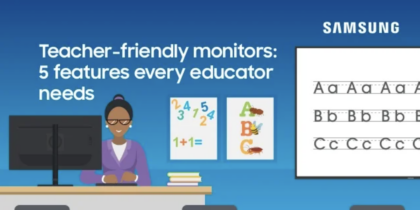Show and tell has long been a way for students to share their favorite things and have fun learning what their classmates like to do outside of school. National Show and Tell Day provides a great excuse to bring new life to a long-standing school tradition. Today’s show and tell ideas offer new ways to integrate technology in the classroom.
Why Show and Tell?
Although students may not realize it, show and tell is one of their earliest experiences with doing a presentation in class. They practice speaking to a group and explaining why their favorite toy, for example, is important to them. And when their classmates present their items to the class, they’re practicing active listening.
As students get older, show and tell activities can help them refine their presentation skills without the pressure of an assignment and a grade, which can be crucial for students who are shy about public speaking. As they talk about something they love, they might even forget they’re afraid of getting up in front of the class.
Start With Discussion
If your students haven’t participated in show and tell in a while, remind them of the principles: Each student will pick one item to show to their classmates and explain why it’s important to them. Have students brainstorm a list of their favorite things in their homes, their neighborhoods and their state. Ask them to break into small groups and go over the merits of each item and its relevance to their peers.
Once each student in the group has picked their show and tell item, have them begin discussing the various ways they can use video to demonstrate its value. Should they research background on their item? Do they need to visit a landmark and take stills? Will they need to interview anyone to find out more information?
Use digital tools year-round in your lessons.
Download the eBook for innovative, technology-driven lesson plans. Download Now
Bring in Technology
Once students know what they’ll be sharing with their classmates, they can use educational technology to make it happen. Online research can provide relevant background and contact information for interview subjects. Students can use their classroom tablets to record video and take photos on the go, as well as record their interviews to edit into the final presentation.
If students aren’t sure who to interview, help guide them through a process of discovering what questions their peers might have about the item and who could best answer those questions. For example, if a student is going to do a show and tell presentation about a family pet, the student could interview the breeder, a veterinarian or animal behaviorist, or even the salesperson who sells the family its pet food and supplies. If the presentation is on a beloved toy, the student can ask a parent why they bought the toy and what they remember about the first time the student played with it. For a presentation covering a local landmark, a student can interview a worker who can explain what makes that place special. The key element in this part of the process is for the student to anticipate the questions their video should answer and create a compelling narrative to inform and engage their peers.
Once students have the information they want to share, they can use a video editing tool such as Animoto or WeVideo to create their presentation.
Sit Back and Enjoy the Shows
Now comes the fun part: watching the show and tell videos. As each student presents their video to the class, they should be prepared to answer follow-up questions from their classmates. If you’re grading this assignment, you can assess students on their presentations and how well they listen when others are presenting.
When the assignment is finished, your students will know a lot more about each other through these technology-enhanced show and tell ideas.
Looking for other ways to integrate technology into your lesson plans? Digital tools add an interactive component to history lessons and make historical events come to life for students.








